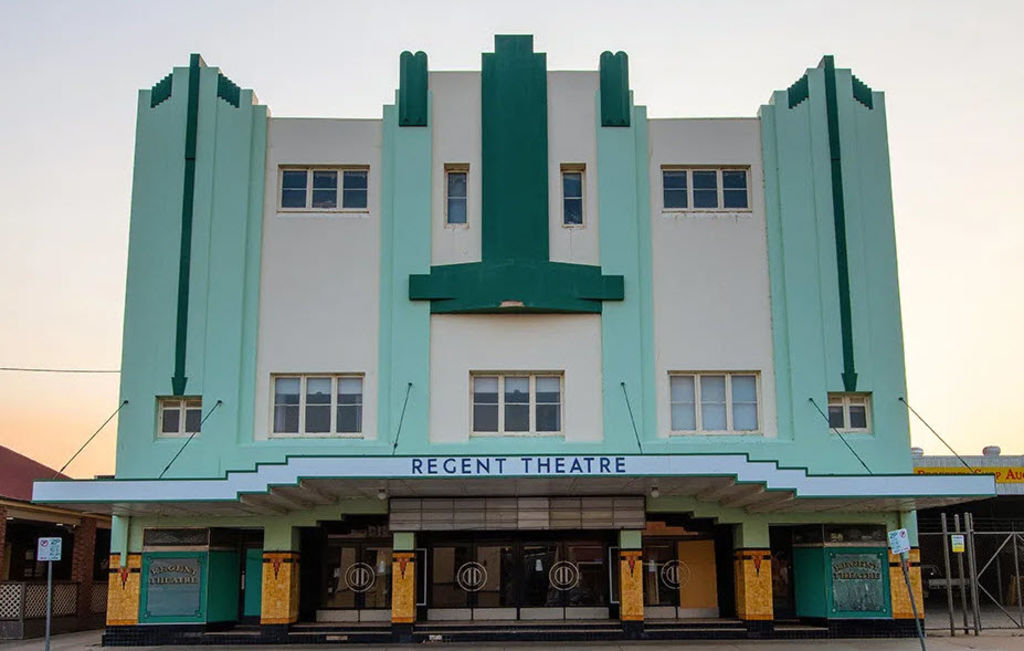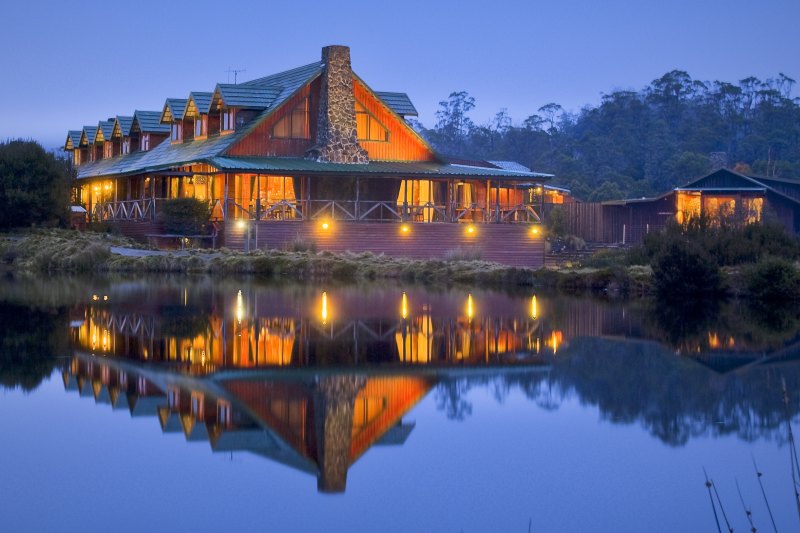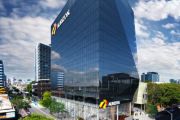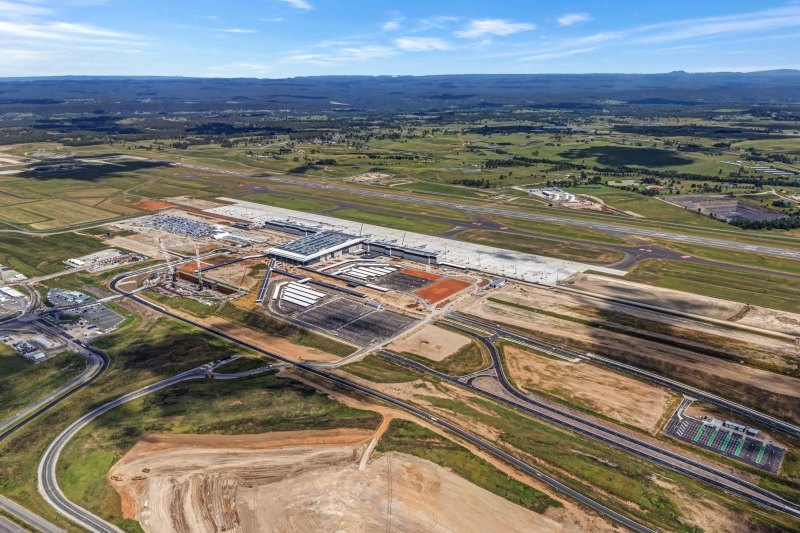
Seven historic properties around Australia that have a timeless appeal
Historic properties have a certain appeal, be it the chance to add to their story or to revel in the past.
The world around them may have changed but their purpose can still be felt today.
From iconic period facades to ornate heritage features, here are some historic properties that offer a glimpse back in time.
Price guide: Offers of more than $700,000
The former John Meagher & Co building in this agricultural town has a strong link to the history of the region.
The chain of merchandise and department stores started in the central southern region of NSW and expanded throughout the mid to late 1800s, supplying the booming gold rush towns.
The first store in Temora was built in 1881, with the current brick store on Hoskins Street built in 1892 and opened with a 600-person public banquet on the first floor.
The property today holds on to a host of original features and a redevelopment (STCA) could take full advantage of the space on offer.
The ground floor Paleface Arcade, named after Temora’s famous Paleface Adios racehorse, has five commercial spaces, with three currently tenanted.
A basement level with brick flooring and exposed timber beams has previously been used as an events space, and the first-floor loft space features exposed brick, cast-iron pillars, and ornate windows overlooking the main street.
Price guide: Offers of about $700,000
Here is an opportunity to acquire two church sites in this rural town.
The former Uniting Church and the manse on an adjoining property are up for auction together.
The property was originally the site of the first Presbyterian Church, which was built from bluestone in 1865, with the present church known as the McLennan Memorial Presbyterian Church, built from redbrick in 1908.
The ornate exterior and interior features of the church still remain, with nods to the area’s past featured in five stained-glass windows honouring local pioneering families, and a stone cairn located on the grounds bearing a plaque commemorating the Buntingdale Aboriginal Mission that was established near Birregurra in 1865.
Price guide: $3.5 million
With a proud and long history, the heritage-listed Baroona Community Hall, on Caxton Street, has exemplified the suburb’s transition into a thriving entertainment precinct.
Built in 1884 and designed by prolific Brisbane architect Richard Gailey, the two-storey brick hall was constructed for the United Brothers Lodge, of the Manchester Unity Independent Order of Oddfellows.
Located within a row of 19th-century buildings, the brick and cement-rendered facade has a neoclassical style, with two storeys at the front of the sloping block, leading to a single storey at the rear.
The building also features several characteristics of the Oddfellow halls, including symbols of the society and the division of the space into a hall, gallery, stage and lodge room.
The property is currently leased to national tenant Hallmark Group Holdings Australia until 2030.
Price guide: $1.6 million
Port Adelaide’s historic waterfront precinct is part of the state government’s vision for the area becoming a “living port”.
Integral to this plan is the move to celebrate the area’s past and the McLaren Wharf precinct has a number of buildings that showcase the working history of the port.
One such property is the former Harbors Board building on McLaren Vale Parade. The original building was demolished in the early 1930s, with the current structure completed in 1934.
The building’s facade features a distinctive art deco style, and the interior conserves character features such as panelled-glass window walls and high, ornate ceilings.
The property has three separate suites, each with its own kitchen and tea-room facilities.
Price guide: Auction
The old Regent Theatre, designed by acclaimed Sydney architect George Kenworthy and constructed in 1935, is an exceptional example of an art deco moderne country cinema.
Kenworthy was a noted theatre architect, with Cremorne’s Hayden Orpheum Picture Palace one of his other surviving works.
The Mudgee Regent still retains most of its original features including four sets of double-glass and timber entry doors, facade and entry tiling, original shop front windows and the original nursery rhyme murals from the 1940s.
While it requires restoration work, the building is listed as an item of local heritage significance and has a current interim state heritage order in place.
Price guide: $1.7 million-$1.8 million
As one of the oldest and longest continually operating charities in the world, the Salvation Army’s built presence in Australian towns and cities is as ubiquitous as any other major religious organisation.
This is why many former Salvation Army corps buildings, known as temples or citadels, occupy prominent positions.
In an exclusive offering, the former Salvation Army Citadel in Perth’s riverside suburb of Mount Lawley is currently on the market.
The original single-storey brick building, constructed in 1919, is a rare example of Federation Chicagoesque style, with a facade of detailed face-brick and dominant, rendered pilasters and mouldings.
The property has been renovated with a sleek and modern, lofty industrial-chic interior space, incorporating a second level.
Price guide: $3.5 million
This corner shop and apartment above is a historic property located on the doorstep of Sydney’s booming Barangaroo precinct, and nestled within the heritage suburb of Millers Point.
The Federation-style property was originally built by the Sydney Harbour Trust in 1910, when the area was reconstructed following the turn-of-the-century outbreak of the bubonic plague.
The ground floor, corner commercial space currently operates as the Argyle Cafe, with period high ceilings and picture windows framing the uninterrupted views over Barangaroo’s Nawi Cove, while the upstairs residential space features two bedrooms and a sunroom.
The outdoor seating looks out across the western harbour, around the Millers Point streetscape, and up to the iconic Lord Nelson Brewery Hotel.









